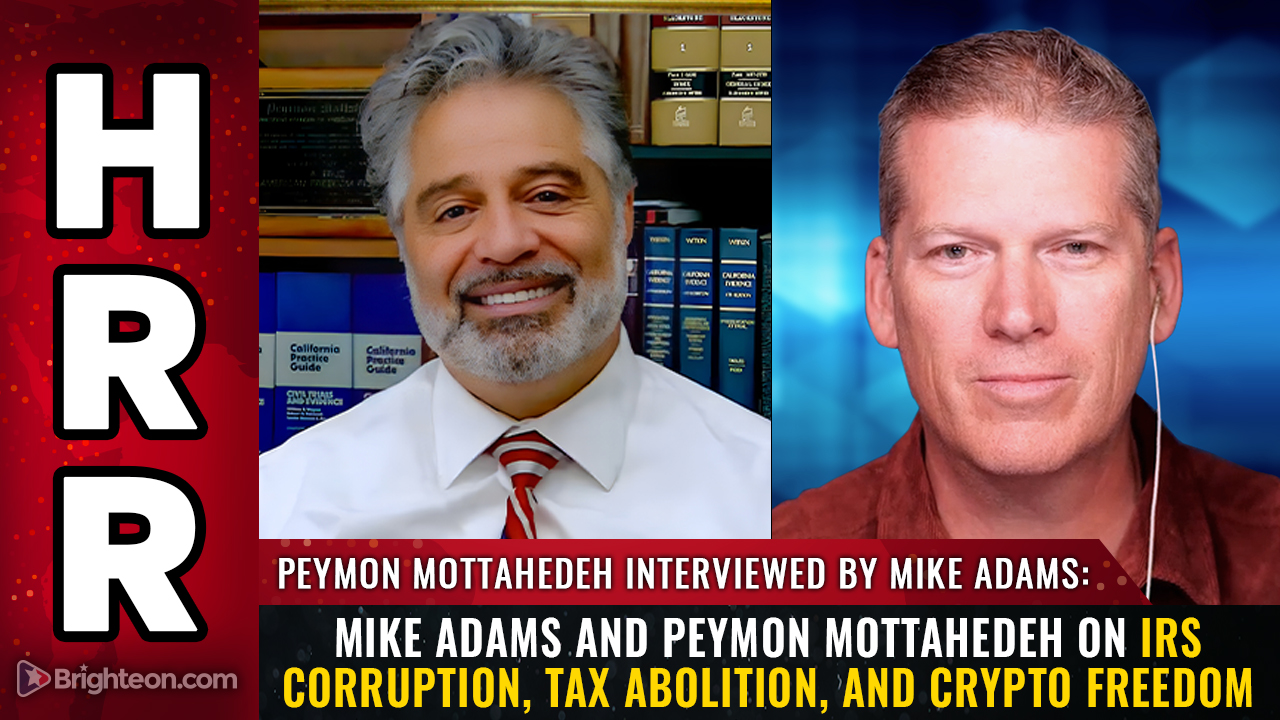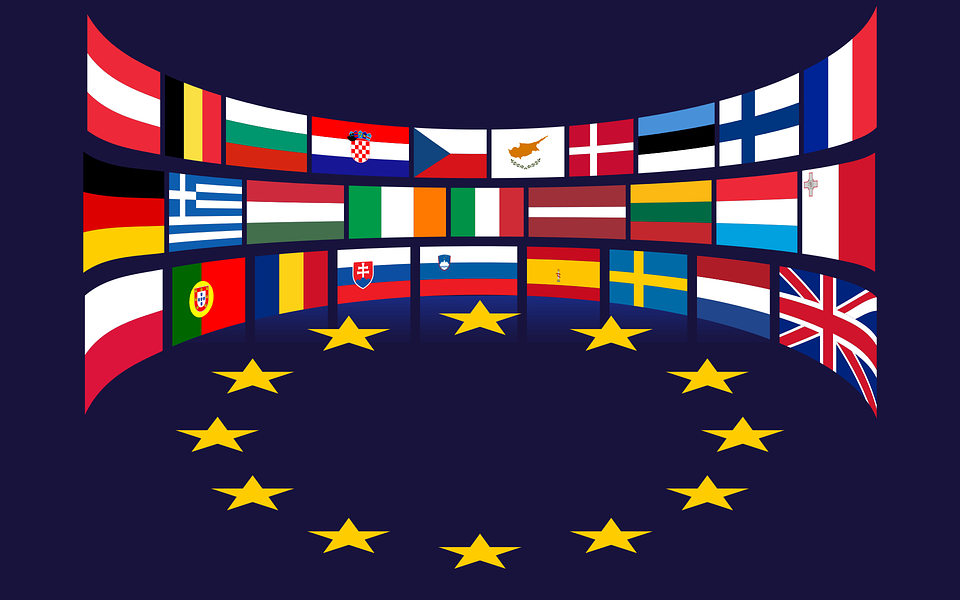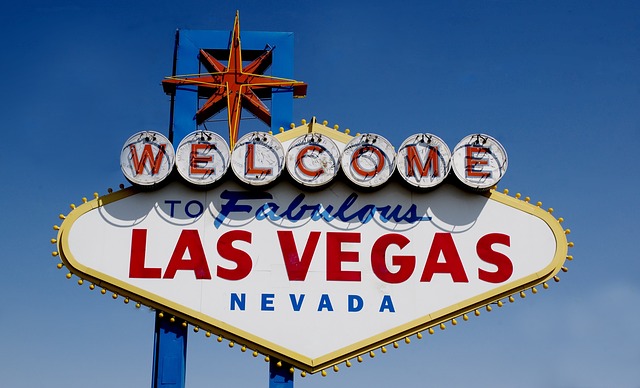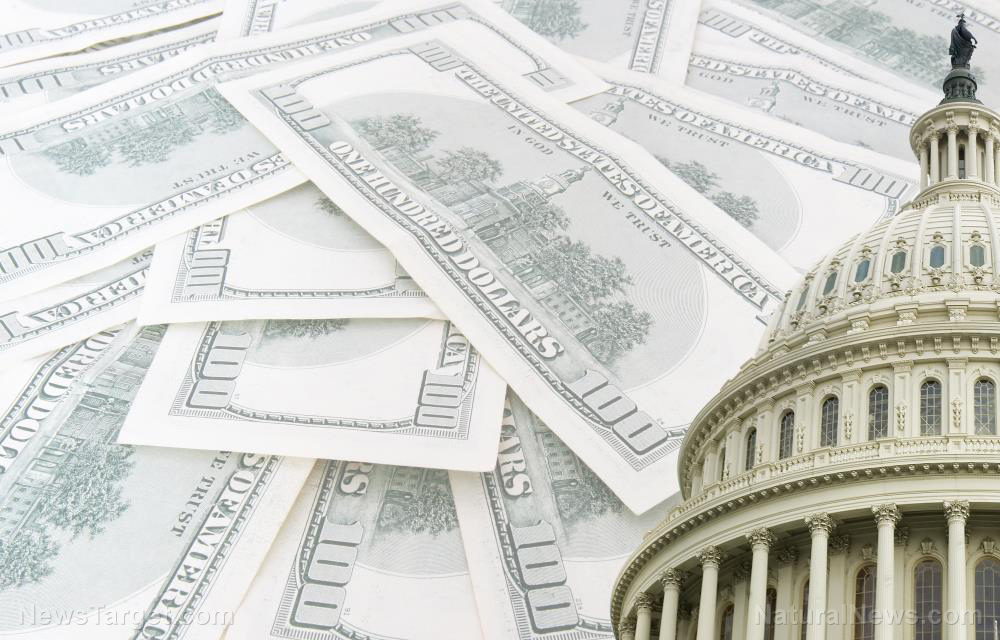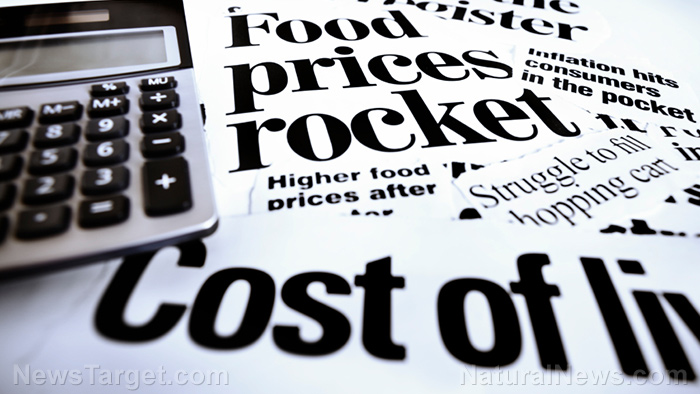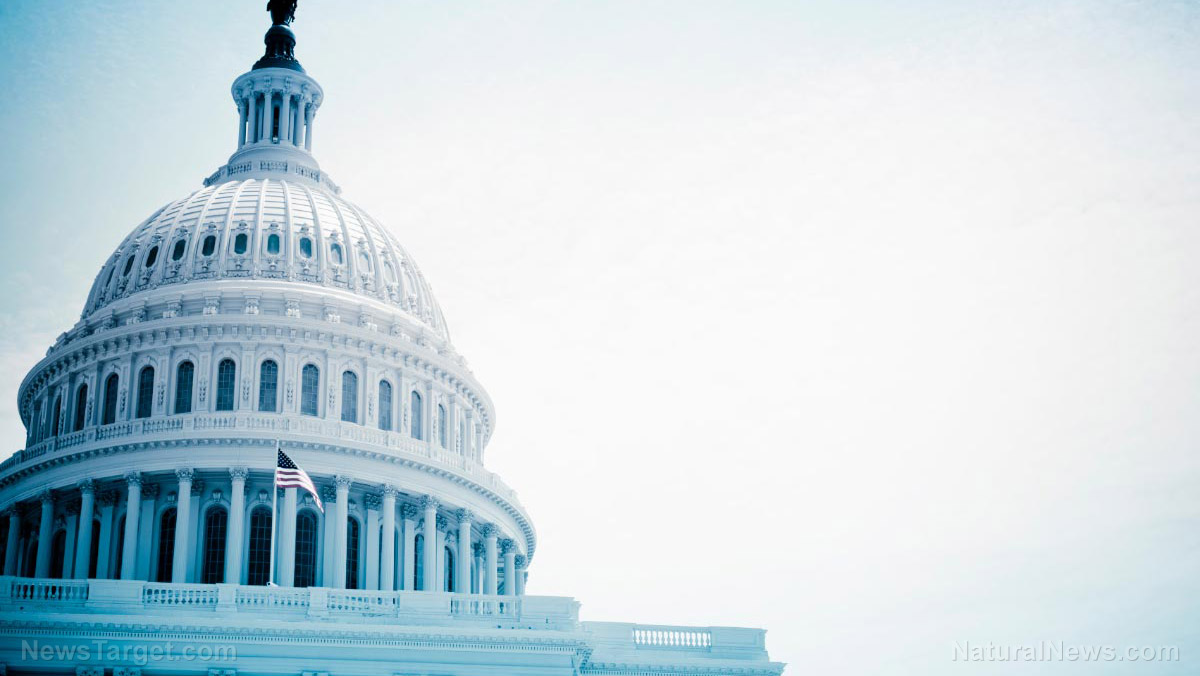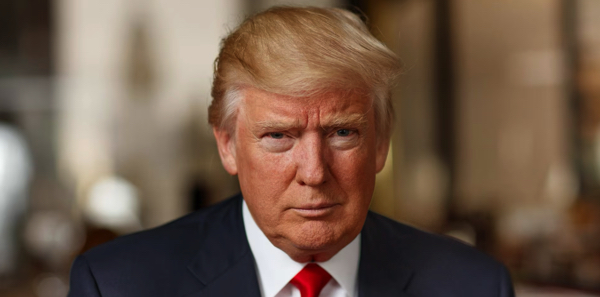Surging Producer Price Index sparks inflation alarm as services and trade costs drive July jump
08/18/2025 / By Willow Tohi
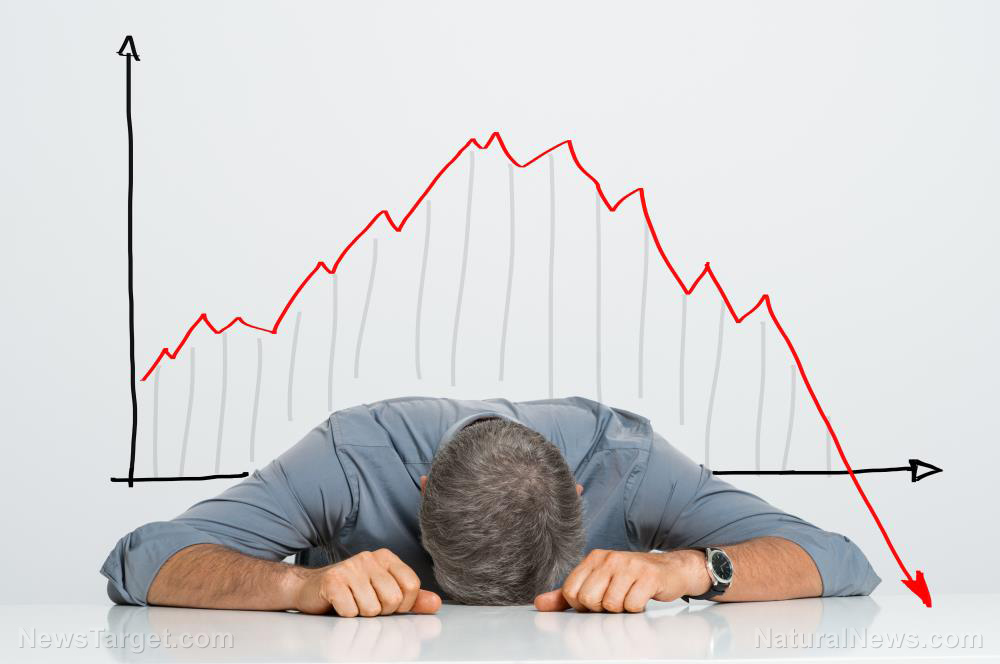
- Producer prices surged 0.9% month-over-month in July, the largest rise since June 2022, and 3.3% annually, marking a 3-year peak.
- Services prices drove three-quarters of the jump, attributed to trade margins, hospitality and financial services.
- Supply chain strains and tariffs fueled inflation, with energy prices rebounding after June’s decline.
- BLS data cuts cast doubt on reliability as 350 indexes were axed due to funding shortages.
- Fed faces dilemma as concerns grow over whether September rate cuts are premature.
U.S. producer prices surged 0.9% in July, the largest monthly jump in over three years, reigniting fears of stubborn inflation just as the Federal Reserve grapples with whether to cut interest rates. The steep rise, led by soaring service-sector costs and rising energy prices, threatens to complicate the central bank’s balancing act ahead of Chair Jerome Powell’s pivotal speech at Jackson Hole later this month.
Data from the U.S. Bureau of Labor Statistics (BLS) showed the Producer Price Index (PPI) for final demand products jumped beyond expectations of a modest 0.2% increase. The annualized PPI climbed 3.3%, its fastest pace since February of this year. The surprise spike contrasts with the more moderate July consumer price index (CPI) report, underscoring broader inflation pressures manufacturers and service providers now face.
“The PPI report is a stark warning that inflation risks persist,” said Carl Weinberg, chief economist at High Frequency Economics. “Companies are passing through more costs than previously thought, and the Fed will need to rethink its next moves.”
Services lead the charge, trade pressures loom
The surge was largely driven by services, which rose 1.1% in July—the fastest pace since March 2022—accounting for nearly 75% of the month’s inflation gains. Rising margins for wholesalers and retailers, particularly in machinery and equipment sales, drove half of the services increase. Portfolio management fees soared 5.8%, while hotel and airline prices also spiked, reflecting broader demand for travel and financial services.
“Businesses are feeling the squeeze from trade policies,” said economist Michael Hanson of J.P. Morgan. “Higher tariffs are now translating into prices for consumers, especially in sectors like healthcare and transportation, as companies pass along rising costs.”
Energy prices rebounded sharply, climbing 0.9% monthly after a June decline. Vegetable prices—an unusual driver—surged 38.9%, reflecting supply problems worsened by labor shortages amid immigration crackdowns. Meat and egg prices also increased, adding pressure on grocery shelves.
However, the gains were offset by a 1.8% drop in gasoline prices, a temporary reprieve as crude oil volatility persists. Analysts noted lingering uncertainty over OPEC+ production cuts and U.S.-China trade tensions.
BLS cuts spark concerns over data accuracy
The July report unveiled a worrying footnote: the BLS had shelved 350 key inflation indexes due to years of chronic underfunding. The decision to eliminate components of the PPI and CPI databases, including data on intermediate goods and commodity prices, has raised alarms about the erosion of U.S. economic data quality.
“The loss of tracking capability means the Fed is flying blind on core drivers of costs,” said Boston College economist Brian Bethune. The BLS’ acting commissioner, who has faced scrutiny over technical expertise, now must navigate criticism as policymakers rely on less precise data to set rates.
Meanwhile, the BLS confirmed that 1.95 million Americans remain on extended unemployment benefits, a figure largely unchanged from the prior month, suggesting labor markets remain resilient despite slowing hiring.
Fed faces crucial Jackson Hole tipping point
Financial markets reacted swiftly, with stocks and bonds falling as swaps traders pared bets on a September rate cut to 73% from 95% ahead of the report. The data complicates the Fed’s calculus as it weighs inflation risks against potential economic drag from high borrowing costs.
“If this inflation momentum isn’t an anomaly, the Fed’s September meeting becomes a lot harder,” said Santander economist Stephen Stanley.
President Trump’s recent nomination of E.J. Antoni, a vocal BLS critic, to lead the agency has further clouded the data’s credibility. Opponents argue Antoni’s ideological stance could skew inflation reporting, a charge he has repeatedly denied.
PPI surge unsettles markets, sets stage for Fed policy crossroads
As July’s PPI data underscores, inflation is no longer solely a consumer problem—businesses are now increasingly passing costs to households. With tariffs stoking import prices and supply chains fraying, analysts warn the Fed risks missteps if it relaxes policy prematurely.
“The Fed can’t afford to be too hasty with cuts,” said High Frequency Economics’ Weinberg. “This report should give them pause whether falling unemployment justifies more patience.”
For consumers, the implications are clear: cheaper gas and moderate CPI gains may soon be overshadowed by rising service costs—from healthcare to car rentals—as companies recoup expenses from the latest round of tariff hikes.
Sources for this article include:
Submit a correction >>
Tagged Under:
big government, Bubble, dollar demise, energy, Inflation, market crash, money supply, Producer Price Index, producer prices, producer services, risk, services, trade wars, travel
This article may contain statements that reflect the opinion of the author
Get independent news alerts on natural cures, food lab tests, cannabis medicine, science, robotics, drones, privacy and more from NewsTarget.com
Get independent news alerts on natural cures, food lab tests, cannabis medicine, science, robotics, drones, privacy and more from NewsTarget.com
RECENT NEWS & ARTICLES
COPYRIGHT © 2017 DEBT COLLAPSE NEWS




